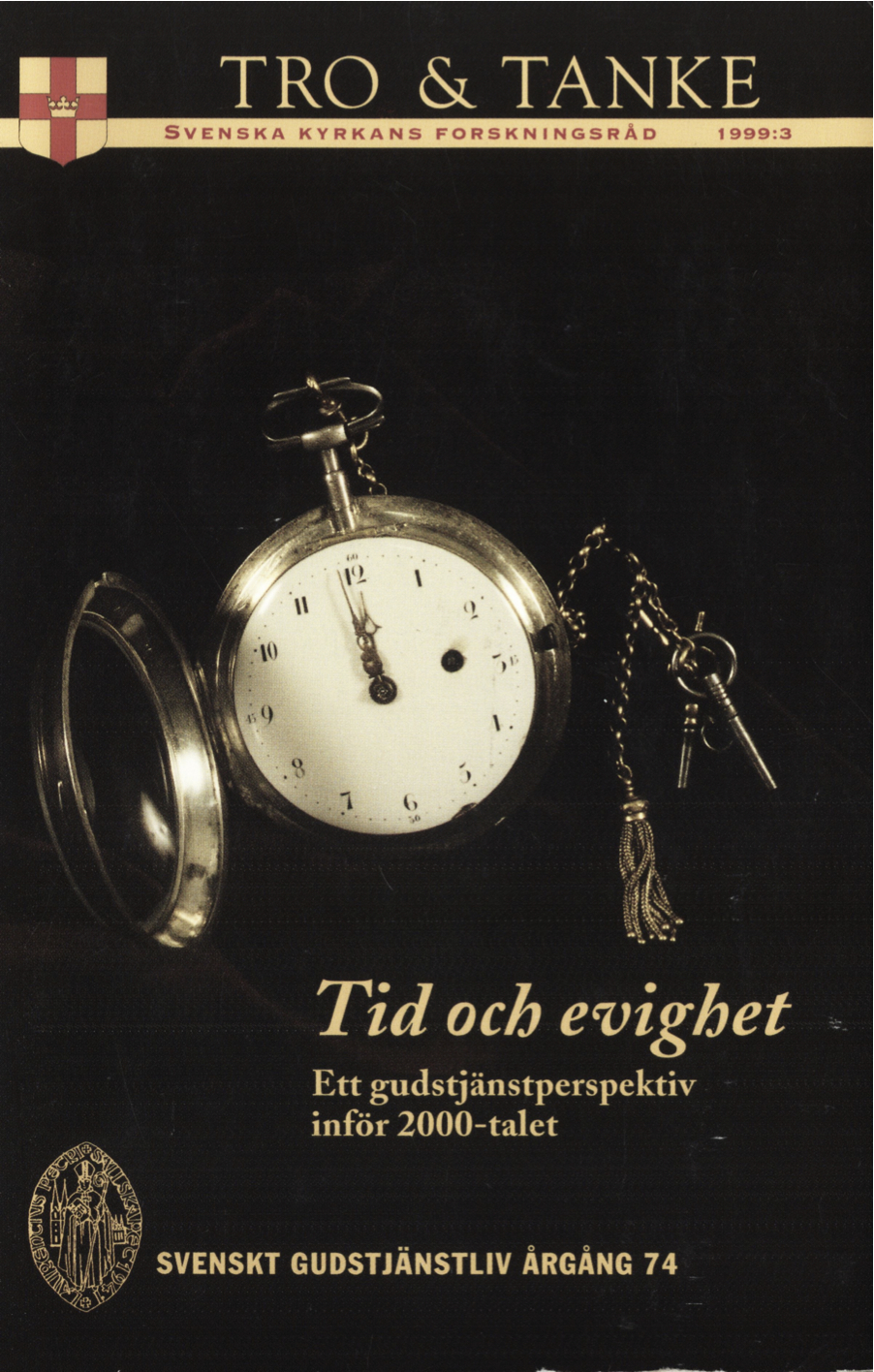Pilgrimsmotivet i psalm och sång från 1695 till 1950
Abstract
The pilgrimage has, with different contents, been a metaphor of life through centuries in devotional as well as in secular literature—sometimes a death motif, sometimes dominated by the longing for the world to come, sometimes focusing on the hardship of the journey; always illustrating the tension, the double membership of a Christian person as belonging to this world and this time as well as to the world to come: eternity.
The development and dissemination of the motif is here being followed from Den svenska psalmboken, 1695, through to widespread songbooks up to 1950. In the Hymnal of 1695, the metaphor of wandering is very frequent, hut developed into a pilgrim motif in no more than 3% of the hymns. It is mostly connected with the death theme. In the pietistic and Moravian songbooks it is used more often (4-8% ), which is also the case in the Hymnal of 1819 (8%). Above all, W allin made use of the motif, expressing a longing for eternal life. This transcendental longing is typical of Romanticism.
The great breakthrough of the motif came during the 1850’s and 1860’s with Ahnfelt’s Andeliga sånger and Per and Gustaf Palmqvist’s Pilgrims-sånger (22-23%). The motif is, in these songbooks more than before built up with elements from Israel’s Exodus. Pilgrims-sånger, in especial, contain a great deal of English evangelical songs, and in these the pilgrim motif is much more used than in the Swedish song tradition. Among the reasons for this, there may be an influence from Bunyan’s The Pilgrim’s Progress. Another source is the typological interpretation of the Bible, where Exodus became a symbol of the journey through life to heaven. Furthermore, the emigrations to America became metaphores for a journey to heaven. Even people’s native country became a metaphor for heaven, a homeland to he longed for.
The pilgrim motif was also important in the hymnals, published by the new Free Churches during the last decades of the 19th century. Lina Sandell, especially, had a preference for pilgrimage as a picture for life. She stressed the presence of Jesus during the wanderings. In Svenska Missionsförbundets sångbok, the motif had a romantic touch, contrary to the joyful marching of the Salvation Army pilgrims.
In the supplement of Den svenska psalmboken, 1921, the pilgrim motif is very significant. Many of these hymns were kept in the revised Hymnal of 1937. In the revisions of Free Church songbooks from 1919 onwards, the motif steadily decreases. However, it is important not to exclude the motif from the hymnals. It reminds the church of the temporal character of this world. The church shall serve the world but it shall not lose its perspective toward eternity.
Downloads
Publicerad
Nummer
Sektion
Licens
© författarna, Laurentius Petri Sällskapet för svenskt gudstjänstliv samt Artos & Norma bokförlag. Det är tillåtet att kopiera och använda material ur Svenskt Gudstjänstliv för forskningsändamål om källan anges. För övriga ändamål kontakta respektive artikelförfattare samt förlaget. Särskilda restriktioner kan gälla för bildmaterial.


